Slovenia makes your hiking heart beat faster! Especially in the Julian Alps and Triglav National Park. Get lost in the beautiful forests and discover emerald-blue glacial lakes. Enjoy nature and discover some of the most breathtaking landscapes offered by this beautiful country. The roof of the country is Mount Triglav, at 2864m certainly not to be underestimated! But there is more, in this blog you will read all about your hut-to-hut tour in Slovenia and what gems this country has in store for you.
Northern Slovenia is dominated by the Alps, more specifically the Julian Alps. If you are looking for a trekking adventure in Slovenia and want to get off the beaten track, this is the place to go. At Bookatrekking.com, we help hundreds of hikers choose the right hut-to-hut trek every year, including in Slovenia. In this blog, we present some options for your adventure in Slovenia and give some important tips. So put on your hiking boots and hit the trail with us!



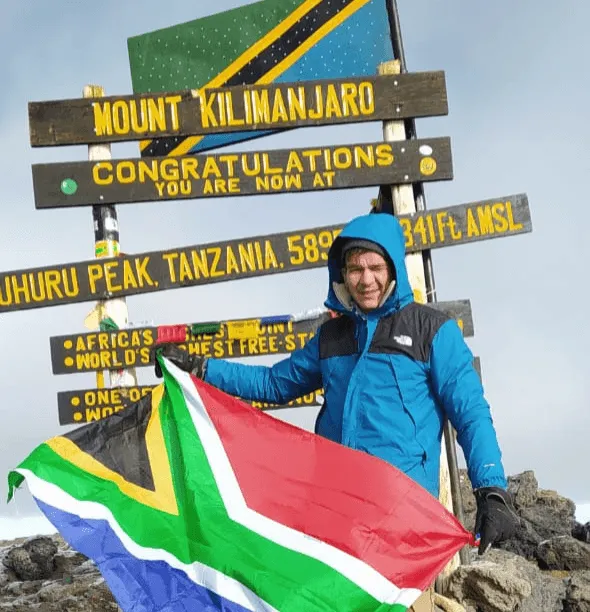
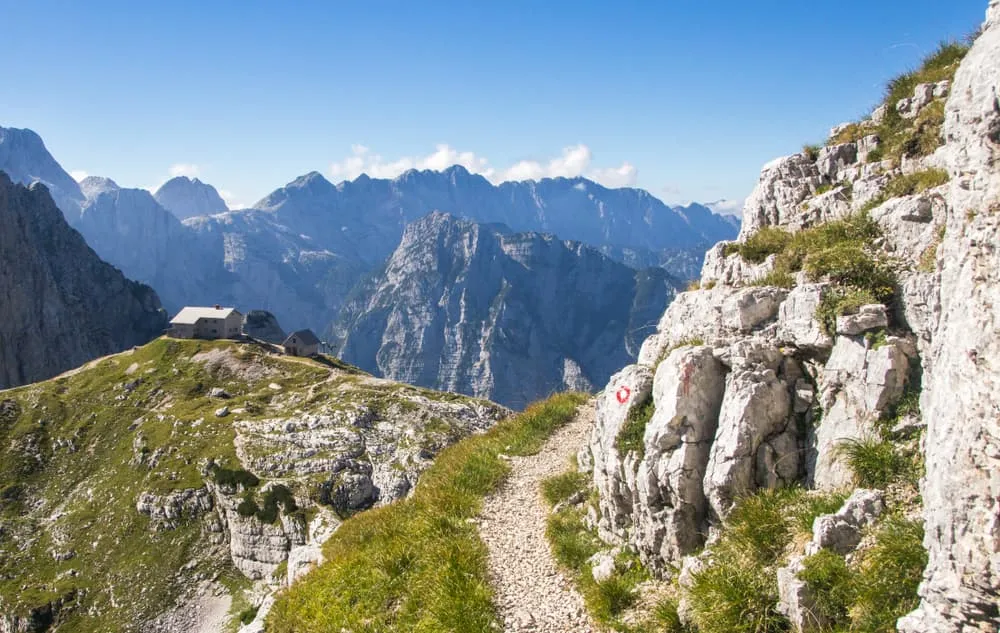
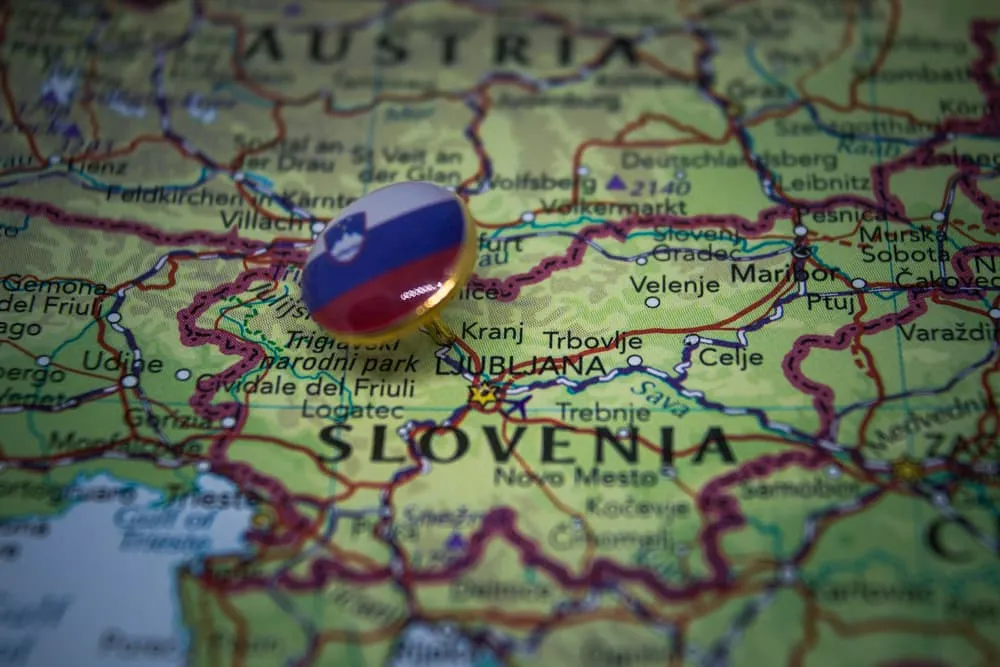
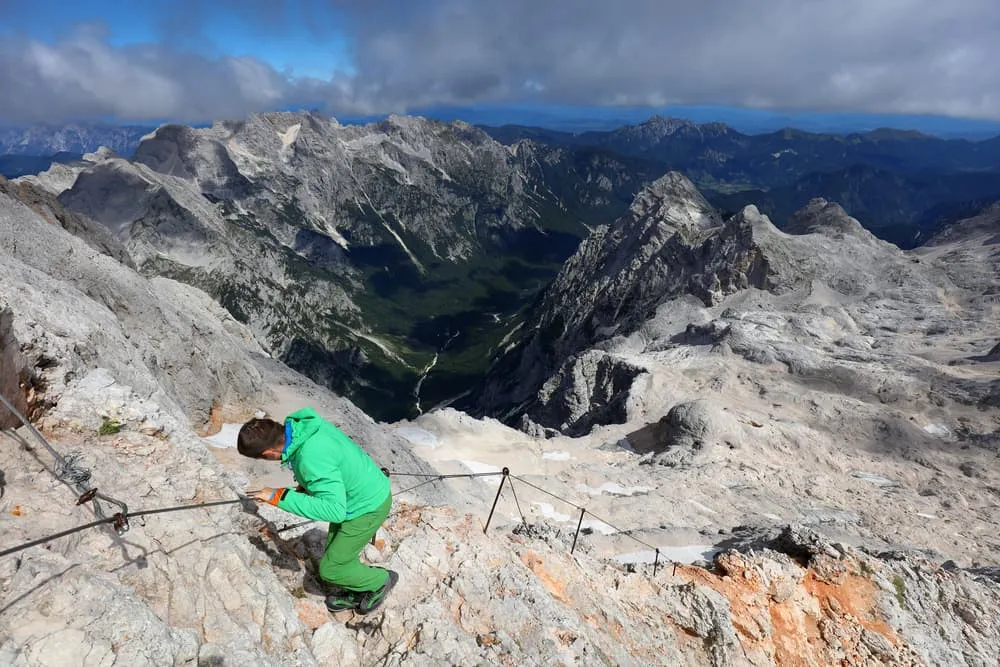

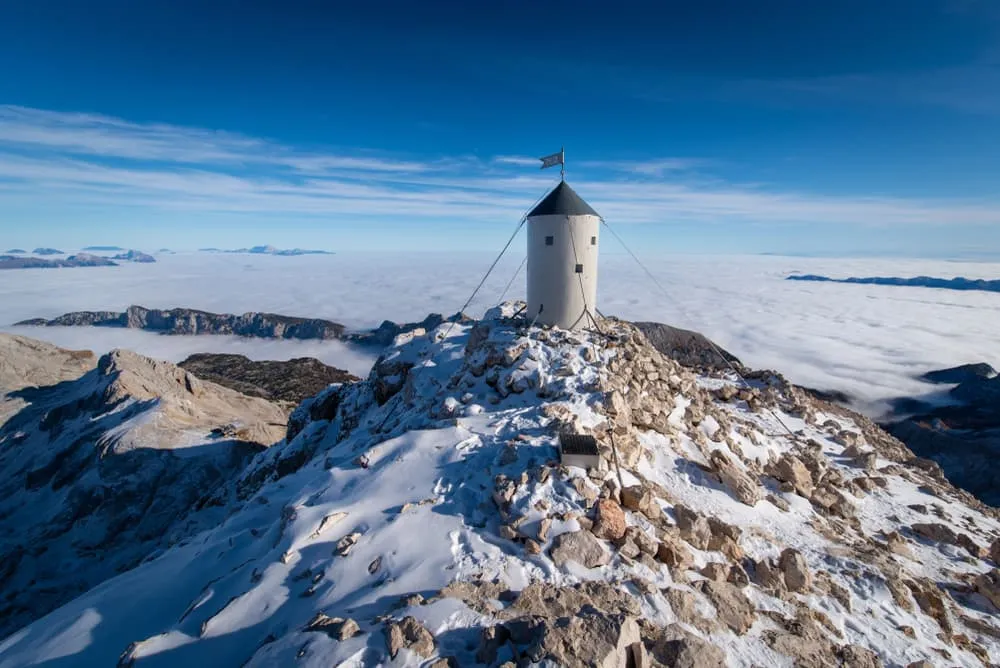
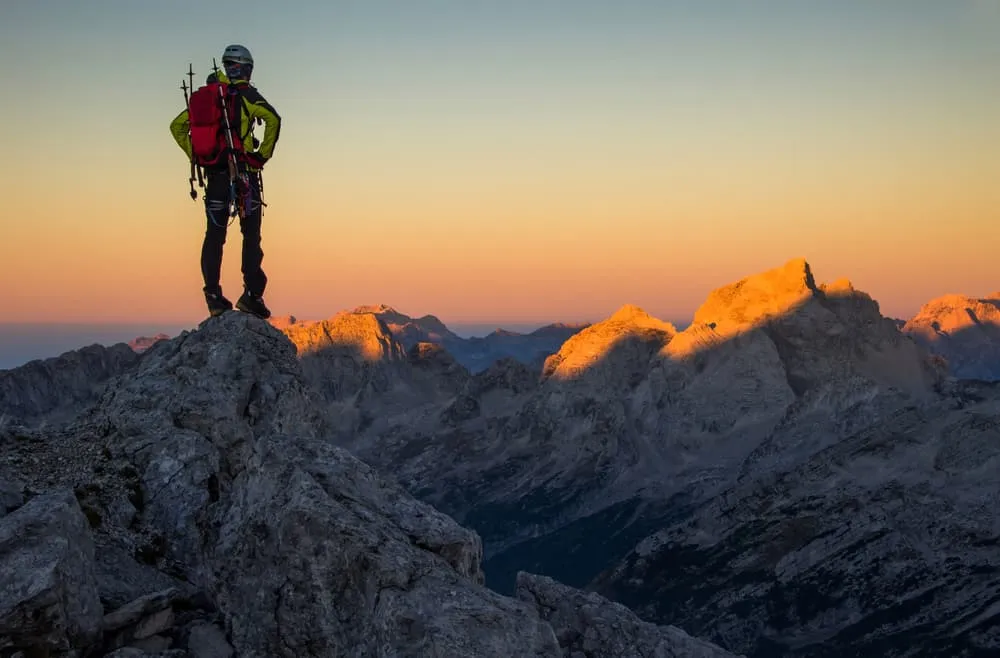


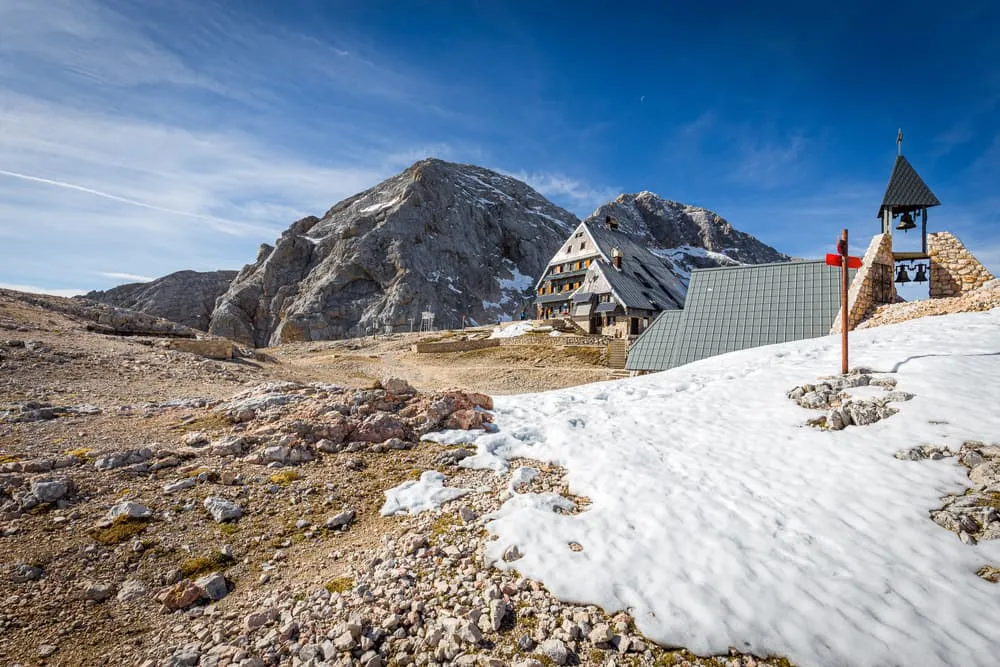
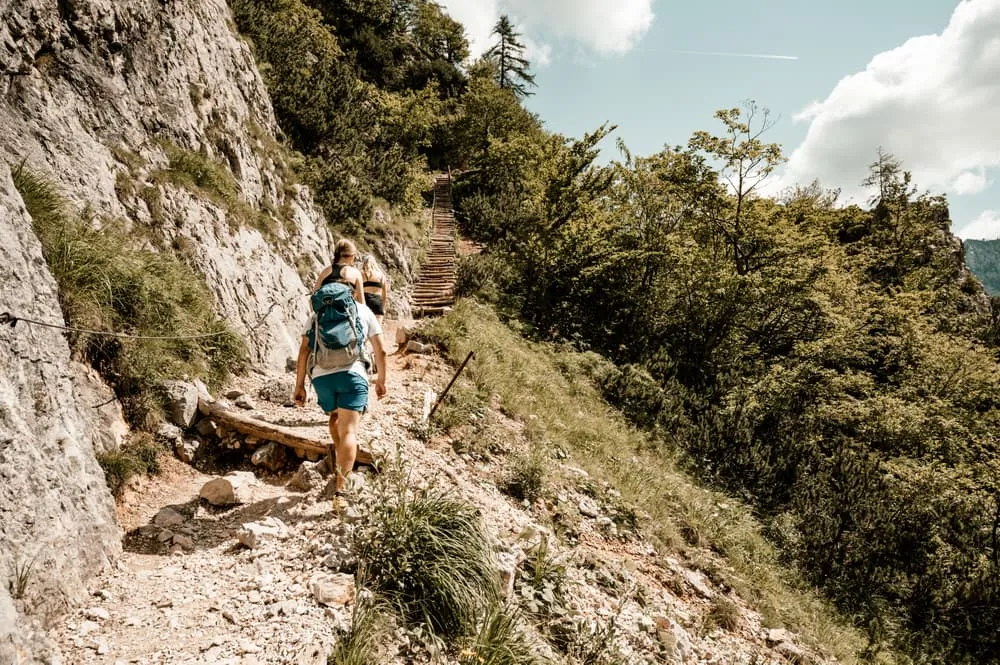


Comments